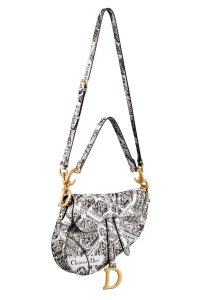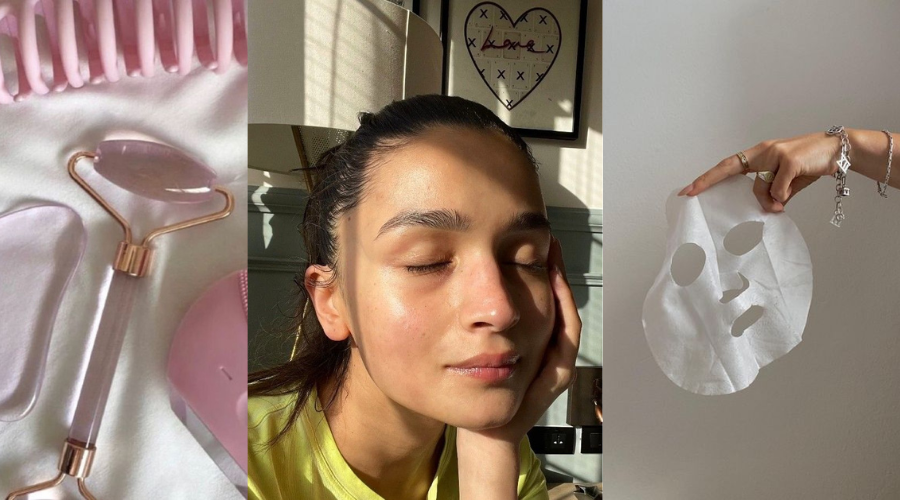Over the last few seasons, luxury brands have dived deep into their rich libraries and reintroduced some of their key archival bags with of-the-moment touches. Be it Dior’s saddle, Tod’s Di bag, Gucci Horse-bit 1955 or Ferragamo’s Wanda—all have been reimagined in a contemporary style. With new details and features, of course. The overall philosophy challenges the very construct of seasons–pieces that are timeless do not need to abide by a sea-sonal calendar. It’s understandable, then, why luxury brands are focused on creating remarkable, singular objects that last forever. As an entry-level product into a brand’s universe and a commercial moneyspinner, handbags are being revived, re-imagined and recontextualised. Moreover, it’s a definite effort to bring back former clients who want to relive a specific style. At Dior, creative director Maria Grazia Chiuri updates the iconic Saddle bag with straps in monochromatic hues, featuring the season’s signature Plan de Paris on calfskin.

The emblematic design, steeped in symbolism and savoir-faire, is inspired by House archives and pays an artistic homage to Dior’s historic address on Avenue Montaigne, Paris. The Saddle flap is enhanced by a magnetic D stirrup clasp with tonal leather, as well as an antique gold-finish metal CD signature on either side of the strap.
With sustainability becoming a notable component of most brands’ production practices, reviving a heritage piece is a comprehensive way of adapting to this ‘new’ old trend while diminishing the costs of creating a completely new design. A case in point here is Tod’s Di Bag, which was first unveiled in 1997 and perfectly reflected the spirit, quality and design of Tod’s shoe collection. After years of success, thanks to its timeless design and superior craftsmanship, the New Di Bag is a tribute and celebration of the House’s iconic accessory. Softer, with no lining, a hand-cut finish and a contemporary silhouette, this bag is apt as it reconciles functionality with beauty.

Another example is Gucci Horsebit 1955—an enduring House icon which progresses the narrative of a specific archival code. The double ring and bar that was presented in 1955 found a special spot here, two years after the original hard-ware appeared in the House’s collections. Needless to say, it emerged as the shining beacon of the brand, strengthening its equestrian lineage.
Gucci has long drawn references from the world of horse riding, which was considered a popular hobby amongst the House’s clientele throughout its beginnings. This connection is now immortalised within the ‘mythology’ of Gucci through the presence of several elements, including the Horsebit, which first appeared on a pair of what would become the House’s signature loafers in 1953. Since then, the emblem has been reinterpreted in an array of forms and variations, defining a range of accessories and prints.

At Ferragamo, creative director Maximilian Davis mines the house archives and chooses what could be redefined to become relevant in the now. Enter the new Wanda bag–a model first introduced in 1988 in honour of Wanda Ferragamo and now reinterpreted with new geometric proportions for a sense of contemporary minimalism.
Wanda is presented in new materials and colours in four different iterations—elongated horizontally to evoke a clutch, a vertical square shape, the classic version, and a mini-size option—and encompasses design and craftsmanship in a season-less accessory. The quality of the materials is enhanced by the essential construction, enriched by two micro Gancini closures on the sides of the bag as a distinctive Ferragamo signature.

These new emblematic totems, reintroduced with fresh updates and features, allow new consumers to revel in the nostalgia of a historic design. Also, this reissuing of House’s key products further elevates brand recognition and cements a brand identity
Find ELLE’s latest issue on stands or download your digital copy here.


















